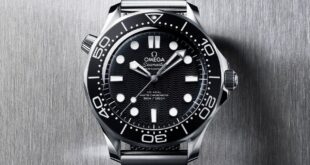We recently told you why the Nintendo 64 controller was actually terrible, contrary to any flawed childhood memories you may have. Now let’s take a look at why the GameCube controller is quite the opposite. In fact, it stands as one of the best joypads Nintendo has ever released, and a brilliant example of how much Nintendo could improve in just one console generation.
Launched alongside the diminutive GameCube in 2001, the controller beautifully refined the inputs of the N64’s. Its main thumbstick and D-Pad were aligned for easy reach, while the four C-buttons of its predecessor evolved into their final form, the C-stick, a long-overdue second thumbstick that allowed for better camera controls.
The awkwardly placed Z-trigger of the N64 became the GameCube’s Z-button, sitting atop the right shoulder trigger, while the left and right triggers themselves curved outwards to naturally hug players’ fingers.
The GameCube pad also offered some bold design choices of its own, such as the ultra prominent A button, surrounded by satellite B, X, and Y buttons—the latter two returning for the first time since the SNES. The asymmetry is still a bit odd to look at, but mechanically it works marvelously.
Making Mario jump, his raison d’etre, is mapped to that colossal A button in Super Mario Sunshine; it’s the main interaction button for Luigi’s Mansion or The Legend of Zelda: The Wind Waker, the shoot button in Metroid Prime. It gently reminded players—and perhaps even developers—how often a single face button dominates control layouts, and how controls can often be simplified to minimize inputs in the first place.
Overall, it was an incredibly ergonomic controller, more comfortable to hold than its predecessor, and a better fit for the grip of homo sapiens—a species which, as previously discussed, evolved to typically have two hands, not three.
Free As a Bird
Nintendo even improved on the GameCube controller just a year later, with the glorious WaveBird model—a wireless upgrade that finally cut the cord for console gaming.
The GameCube wasn’t the first console to introduce a cordless controller—that honor probably, technically, goes to the Atari 2600—but the WaveBird did make the idea finally viable. Many earlier efforts relied on an infrared detector (such as Nintendo’s own NES Satellite, which allowed up to four players to connect to the humble NES from 4.5 meters away), but as the tech required a strict line-of-sight from controller to receiver to work, they often flopped. Others, such as this monstrosity Intel attempted as a wireless PC controller in 1999, required prominent base stations to be installed.
Source link
 meganwoolsey Home
meganwoolsey Home


